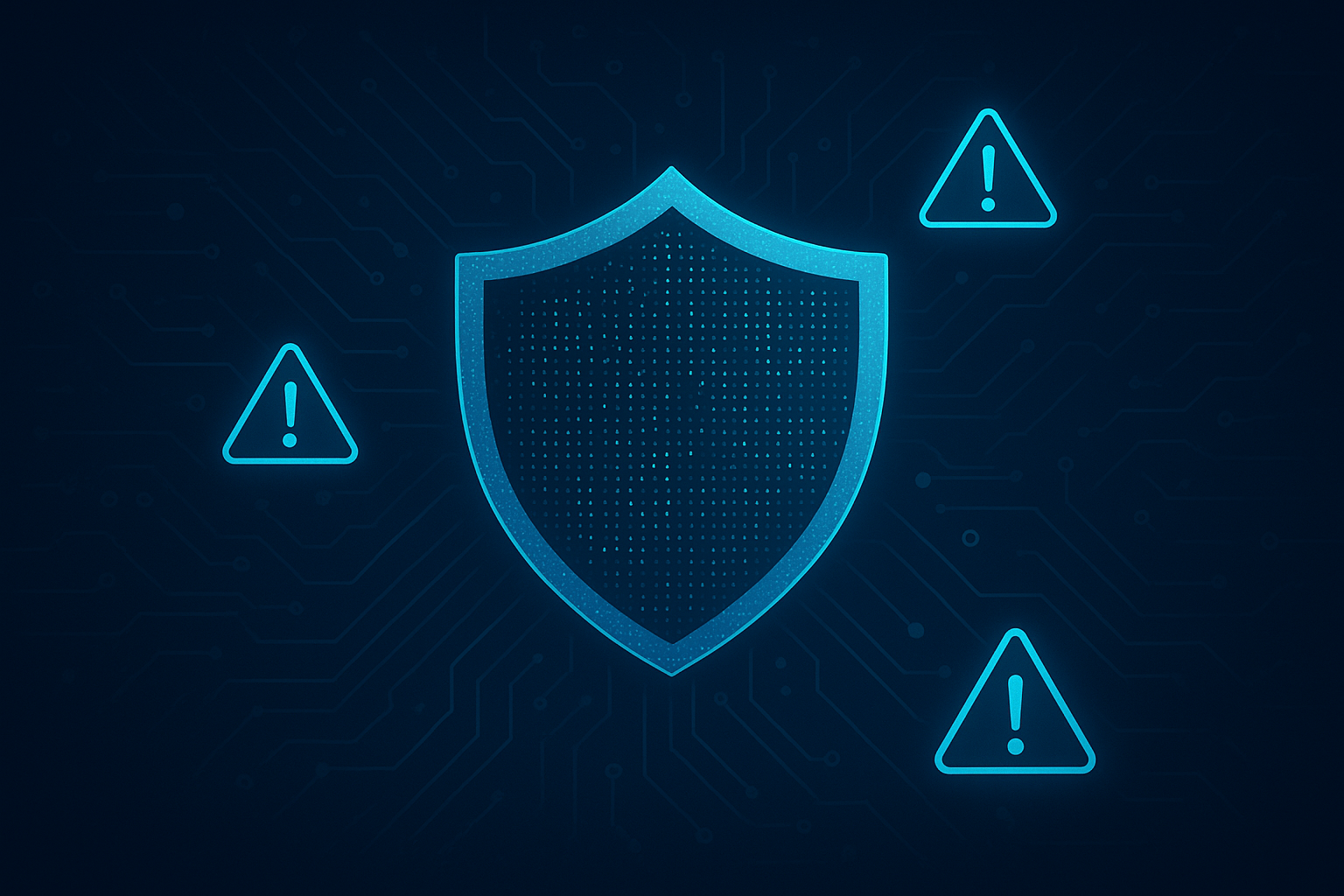
Introduction
In a world where cyber threats are evolving rapidly, traditional defense strategies are no longer sufficient to protect organizations' digital infrastructure. This is where adaptive cybersecurity comes in, a revolutionary approach that makes it possible to detect and respond to attacks in real time. Unlike conventional security solutions, adaptive cybersecurity not only responds to known incidents, but also dynamically adjusts to emerging threats, making it a key tool for stopping attacks before they cause serious damage.
In this article, we will explore how adaptive defense works, its advantages and how you can implement it in your organization to improve real-time security.
Table of Contents
What is adaptive cybersecurity?
Definition:
Adaptive cybersecurity is a defense approach that enables systems to dynamically detect and respond to constantly changing threats. It uses advanced algorithms and machine learning to identify patterns of anomalous behavior and adjust defenses in a continuous, automated fashion.
Why it is important:
This approach is critical in a cybersecurity landscape where attackers not only employ conventional techniques, but also use sophisticated and adaptive methods to circumvent traditional defenses.
Example:
If an attacker attempts to exploit an unknown (zero-day) vulnerability, adaptive cybersecurity will detect unusual behavior and adjust network defenses to prevent the attack, even before the system is updated to recognize it as a threat.
How does adaptive defense work?
Real-time threat detection:
Through constant monitoring, adaptive cybersecurity systems are designed to analyze all data traffic for suspicious activity. They use techniques such as behavioral analysis to identify anomalies that could indicate an attack.Automatic response:
Adaptive defense not only detects threats, but also acts quickly to mitigate damage. It can block access, isolate parts of the compromised network or activate additional defense systems to neutralize the attack.Automatic learning and continuous adjustment:
Adaptive cybersecurity systems continuously learn from new attacks and adjust their defense mechanisms, ensuring an increasingly accurate response to unknown threats.
Example:
If an attacker attempts to execute a DDoS (Distributed Denial of Service) attack, the adaptive cybersecurity system can identify the traffic pattern, block access and decrease the attack capability without the need for human intervention.
Benefits of adaptive cybersecurity
Real-time protection:
The ability to detect and respond to threats instantaneously significantly reduces the time of exposure to attacks, minimizing their impact on the infrastructure.Scalability:
Adaptive systems can automatically adjust as the network grows or changes, maintaining security without the need for manual reconfigurations.Prevention of unknown threats:
Thanks to machine learning, adaptive cybersecurity systems can detect attacks that have not yet been documented, protecting against emerging threats.
Example:
An adaptive cybersecurity system can identify previously undetected attack patterns, such as zero-day malware, and trigger countermeasures without the need for human intervention.
How to implement adaptive cybersecurity in your organization?
Continuous monitoring:
Implement monitoring systems that can detect anomalous behavior in the network in real time. Tools such as SIEM (Security Information and Event Management) and IDS/IPS (Intrusion Detection/Prevention Systems) are essential.Response automation:
Make sure your system can make autonomous decisions, such as blocking IPs, isolating infected networks or activating additional firewalls without manual intervention.Integration with AI:
It uses AI algorithms to improve detection and response capabilities, dynamically adjusting defenses.
Example:
You can integrate solutions such as CrowdStrike or Palo Alto Networks that offer adaptive protection by using AI to detect threats and respond automatically.
Adaptive cybersecurity challenges and considerations.
False positives:
Although adaptive cybersecurity is effective, it can sometimes generate false positives, identifying legitimate actions as threats. It is crucial to calibrate systems well to minimize this risk.Costs and resources:
Implementing an advanced adaptive cybersecurity infrastructure may require significant upfront investments and trained personnel.
Example:
A small business may face challenges in implementing adaptive cybersecurity solutions due to budget constraints, but there are scalable options that can be integrated incrementally.
Current trends in adaptive cybersecurity, including the Adoption of AI and Machine Learning and the Evolution of cyber-attacks:
| Trend | Description | Impact on Adaptive Cybersecurity |
|---|---|---|
| Adoption of AI and Machine Learning | The technologies of IA y Machine Learning are transforming the way organizations address cyber threats. AI makes it possible to analyze large volumes of data and recognize unusual patterns of behavior, while machine learning adapts defenses in real time. | AI and ML enable detection of emerging threats without the need for human intervention, improving responsiveness to advanced attacks such as zero-day malware. This allows companies to stay one step ahead in protection. |
| Evolution of cyber-attacks | Cyberattacks have evolved into more sophisticated and adaptive forms. Attackers use techniques such as adaptive phishingwhich adjusts its strategy according to the target's behavior, and automated DDoS attacks. | Conventional defense strategies are ineffective against advanced attacks, such as the adaptive phishing. Adaptive cybersecurity solutions enable a dynamic response, adjusting defenses to detect and mitigate new or changing threats. |
| Adaptive Phishing | It is an attack that evolves and changes based on the target's responses and behaviors. For example, attackers can adapt emails as they interact with the user, making the messages increasingly convincing. | Adaptive cybersecurity systems help identify anomalous patterns and behaviors in real time, blocking attacks from adaptive phishing before they can succeed. |
| Security Response Automation | The automation of threat responses is becoming increasingly essential. Through AI and algorithms, responses to attacks are performed autonomously without human intervention, adjusting defense measures in real time. | Automated responses allow attacks to be mitigated more quickly, minimizing exposure time and impact on the infrastructure, without the need for manual intervention. |
| Critical Infrastructure Cyberattacks | Attackers now target critical infrastructures, such as energy, transportation and telecommunications, using more complex tactics to evade detection. | Adaptive cybersecurity solutions are critical for detecting attacks targeting critical infrastructuresThey can dynamically adjust defenses to prevent unauthorized access or sabotage attempts. |
Are you ready to take your enterprise security to the next level with adaptive cybersecurity?
ClickPanda offers advanced real-time protection solutions to protect your digital infrastructure and defend against emerging threats.
Conclusion:
Adaptive cybersecurity is essential to address the cyber threats of the future, especially in an ever-changing digital environment. By detecting and responding to threats in real time, this approach not only improves the security of your infrastructure, but also helps prevent attacks before they cause damage. Implementing an adaptive cybersecurity strategy gives you a significant advantage in protecting your organization from the most sophisticated threats.
If you want to learn more about emerging cyber threats, we recommend you read our article on Malicious autonomous systemswhere we explore how AI is changing the way attackers operate.








